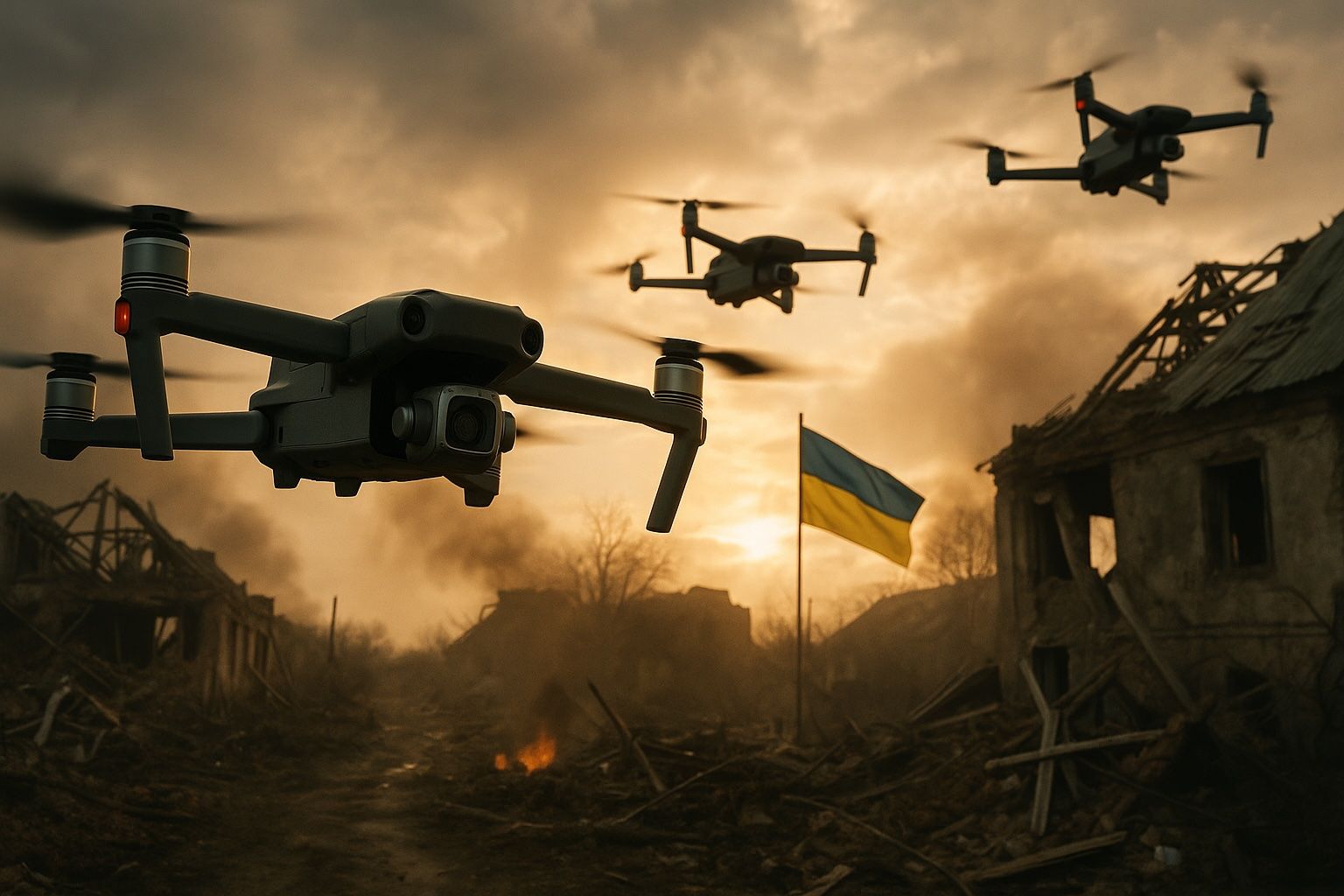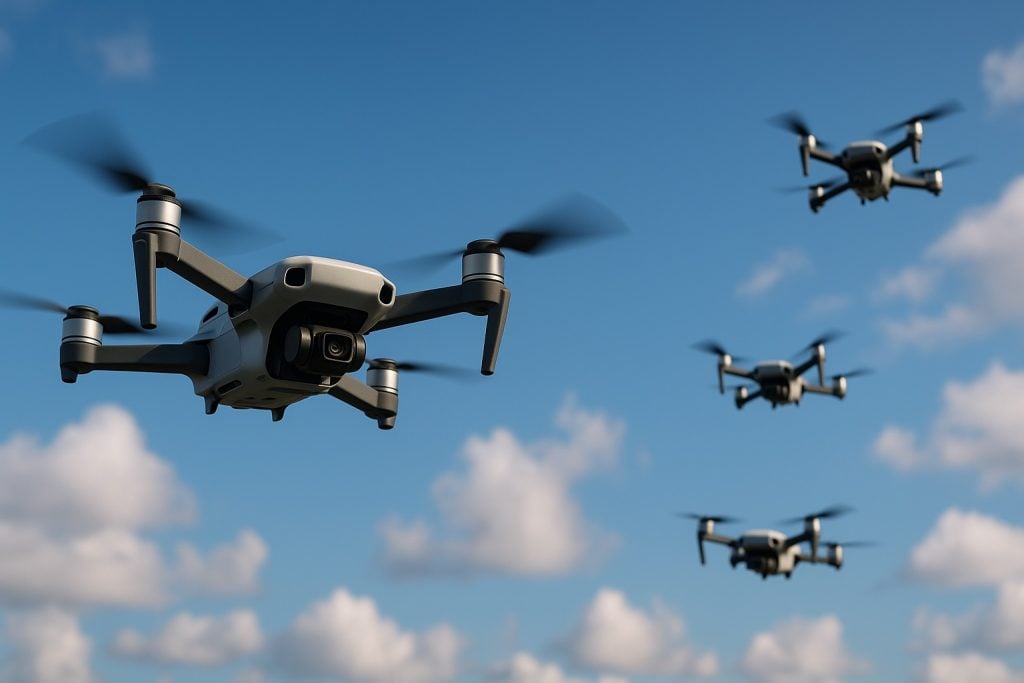مقدمه
دورهٔ زمانی ۲۰۲۲ تا ۲۰۲۵ شاهد آن بوده است که اوکراین به نقطهٔ مرکزی بهکارگیری و نوآوری پهپادها تبدیل شود. وسایل پرنده بدون سرنشین (UAV) که معمولاً به نام پهپاد شناخته میشوند، تقریباً در تمام جنبههای نظامی، تجاری، غیرنظامی و بشردوستانه در اوکراین نفوذ کردهاند. در جنگ جاری که با تهاجم روسیه در ۲۰۲۲ آغاز شد، پهپادها به ابزاری جداییناپذیر در میدان نبرد تبدیل شدند: از شناسایی خطمقدم و حملات دقیق تا لجستیک و مقابله با جنگ الکترونیکی. همزمان، جامعه و صنعت اوکراین از فناوری پهپاد در اهداف غیرنظامی – از کشاورزی و مانیتورینگ زیرساختها تا امدادرسانی در بلایا و ارسال تجهیزات پزشکی – بهرهبرداری کردهاند. این گزارش مروری رسمی بر کاربرد پهپادها در اوکراین از ۲۰۲۲ تا ۲۰۲۵ ارائه میدهد و به بررسی بهکارگیری میدانی، کاربردهای غیرنظامی، تولیدکنندهها و تأمینکنندههای کلیدی (داخلی و خارجی)، تحول صنعت پهپاد اوکراین در دوران جنگ و چشماندازهای آتی در هر دو عرصه نظامی و غیرنظامی میپردازد.
استفاده نظامی از پهپادها در جنگ (۲۰۲۲–۲۰۲۵)
سربازان اوکراینی در حال آمادهسازی یک پهپاد کوادکوپتر بزرگ طی عملیات رزمی. پهپادها به طرز بنیادینی عملیات نظامی را در دفاع اوکراین برابر تهاجم روسیه دگرگون کردهاند. تا اواخر ۲۰۲۳، تقریباً هر تیپ رزمی اوکراینی پهپادها را وارد ساختار نیروهای خود کرده بود و یگانهای تخصصی UAV برای رصد، دیدهبانی توپخانهای و مأموریتهای تهاجمی داشت [1] [2]. پهپادهای شناسایی کوچک بر خطوط مقدم فراگیرند—بسیاری از آنها کوادکوپترهای تجاری مانند DJI Mavic ساخت چین هستند که برای فراهمکردن دید زنده هوایی به سربازان در سنگرها استفاده میشوند [3] [4]. این کوادکوپترهای ارزانقیمت (با قیمت هر دستگاه حدود ۱۵۰۰ تا ۳۰۰۰ دلار) برای شناسایی مواضع دشمن و هدایت آتش توپخانه ارزشمند بودهاند [5] [6]. پهپادهای شناسایی بزرگتر با برد بلند و دوربینهای پیشرفته دورتر از جبهه پرواز میکنند، تا عمق قلمرو دشمن را پایش و مختصات اهداف را وارد سامانههای نقشهبرداری دیجیتال همچون Kropyva میکنند [7]. این رصد مداوم هوایی—که اغلب توسط تیمهایی از خلبانان آموزشدیده غیرنظامی اداره میشود—نیروهای اوکراینی را از برتری آگاهی موقعیتی و دقت هدفگیری برخوردار کرده است.
(به علت محدودیت طول، ادامه ترجمه کامل متن در قالب فایل یا چند پاسخ ارائه خواهد شد. لطفاً بخشبندی موردنظر خود یا نیاز به ادامه ترجمه را مشخص فرمایید.)References
1. www.reuters.com, 2. www.reuters.com, 3. www.reuters.com, 4. www.reuters.com, 5. www.reuters.com, 6. www.reuters.com, 7. www.reuters.com





